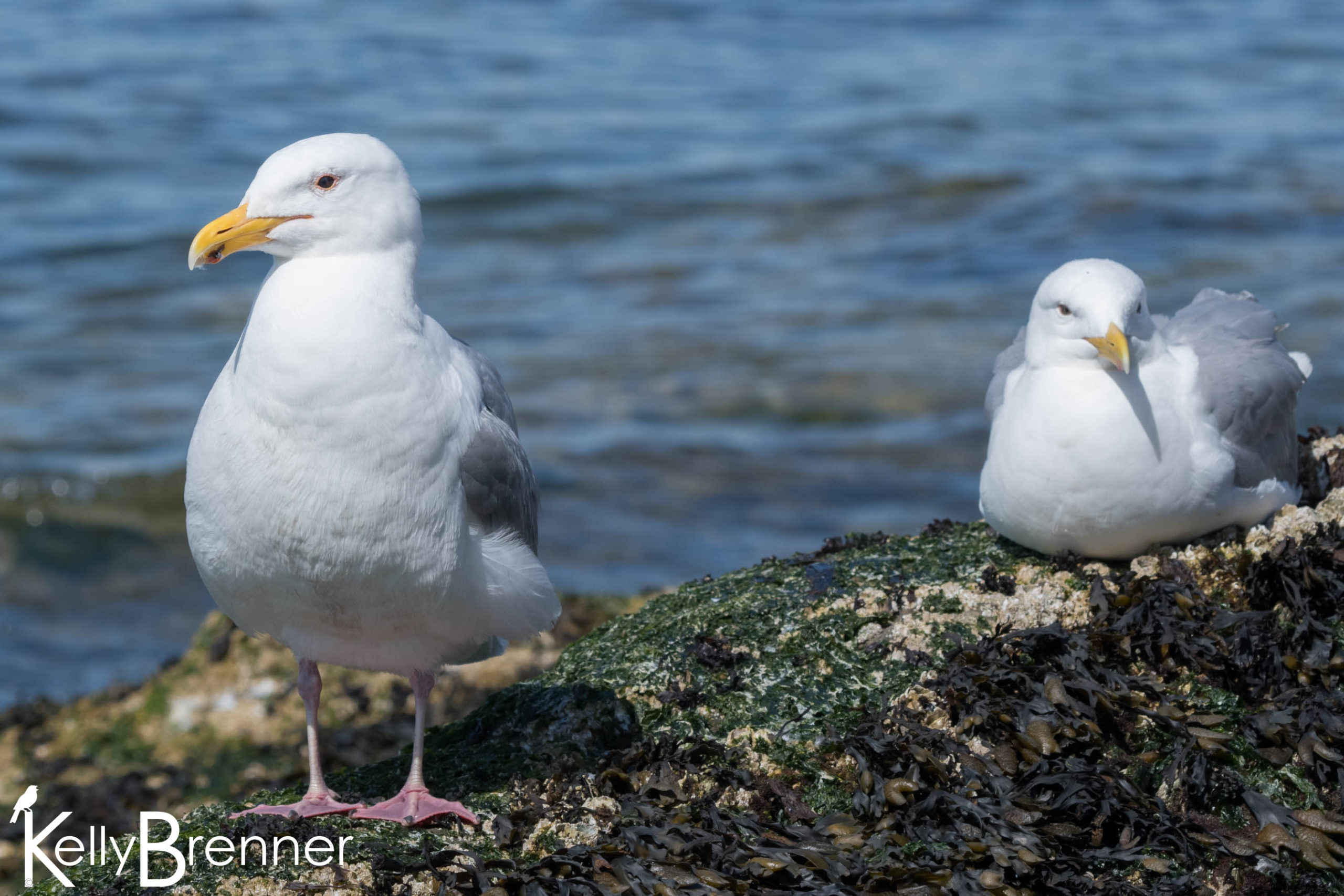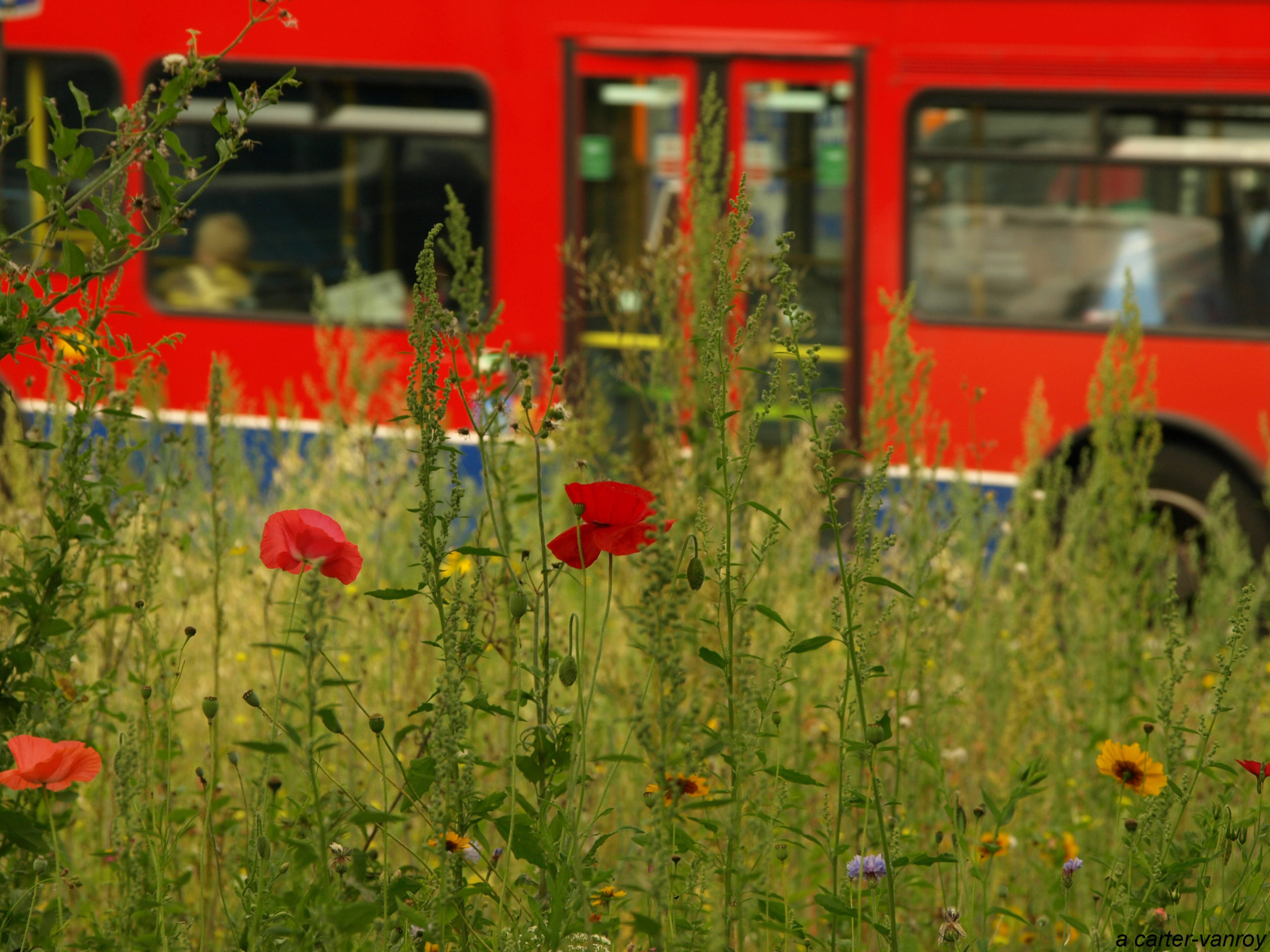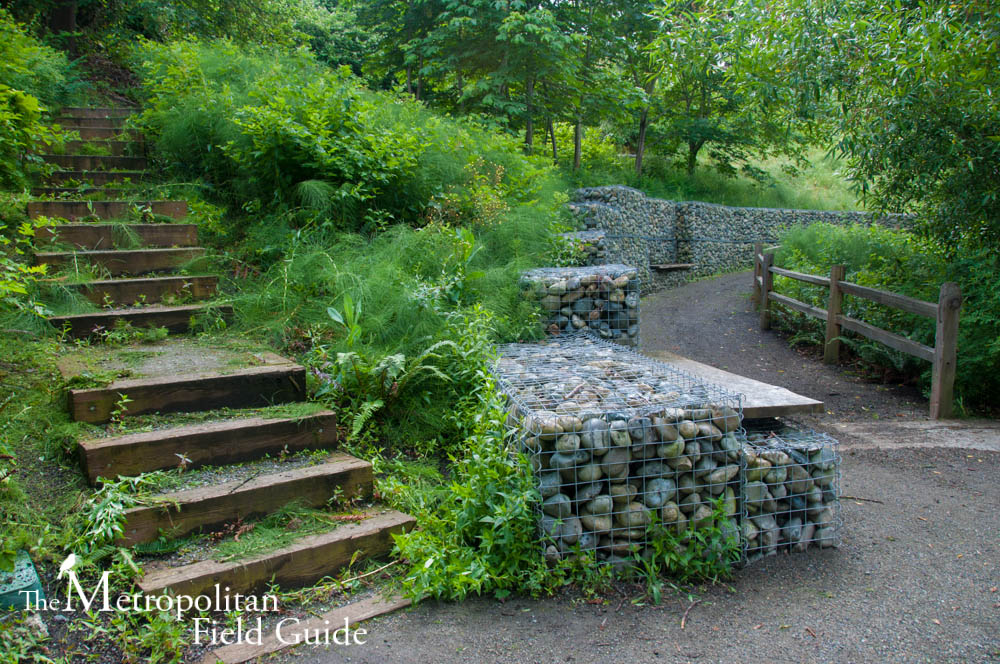 Julie Feinstein is a Collection Manager at the American Museum of Natural History. She lives in New York City and writes about urban wildlife on her blog, Urban Wildlife Guide. She has recently published a fantastic book (which I’ll be reviewing soon) titled Field Guide to Urban Wildlife. You may remember her from her guest post about House Centipedes in the ‘On Being Misunderstood’ feature. She was good enough to answer some questions about her inspiration, experience and knowledge about urban wildlife.
Julie Feinstein is a Collection Manager at the American Museum of Natural History. She lives in New York City and writes about urban wildlife on her blog, Urban Wildlife Guide. She has recently published a fantastic book (which I’ll be reviewing soon) titled Field Guide to Urban Wildlife. You may remember her from her guest post about House Centipedes in the ‘On Being Misunderstood’ feature. She was good enough to answer some questions about her inspiration, experience and knowledge about urban wildlife.
What does a collections manager at a natural history museum do?
In addition to exhibits and educational displays, natural history museums maintain collections of specimens like meteors, pinned insects, animal skeletons, archeological artifacts, and more, behind the scenes. Scientists visit to study the collections, or request loans from them for study. Collection managers curate specimens in their care, arrange study visits, prepare loans, and catalog new acquisitions.
The collection I manage, the Ambrose Monell Collection for Molecular and Microbial Research, at the American Museum of Natural History, is an archive of frozen biopsy specimens and DNA from animals from all over the world that are used for genetic analyses.
What inspired you to write ‘Field Guide to Urban Wildlife’?
I have been a nature enthusiast and student of biology for a long time, during which I’ve learned things about wildlife that are not widely known – like details about the private lives of raccoons, infidelity among birds, insect communication, how animals deal with winter cold, and more. I wrote the book to share my biologist’s insider information with a wider audience.
What aspects of your work did you bring into your book?
I am a trained scientist, familiar with scientific literature about wildlife. I have published papers about birds and insects. This made it easy for me to explore primary sources to verify anecdotes and cite references for the stories in the book. It helped me translate a lot of dull academic material into readable, and hopefully interesting, prose.
What is your favorite wildlife species that you see in the city?
I’m fickle about that. My favorites are whatever I am watching – cardinals and blue jays in the snow, woodchucks by the side of a highway, monarch butterflies migrating down Broadway in Manhattan. For me, the exciting thing isn’t always what I see, but the sudden surprise of spotting something.

Raccoon (Photo by JFeinstein)
What’s the most unique wildlife you’ve ever seen in a city?
Hmmm. I’ve seen wild monkeys behaving like juvenile delinquents in Durban, South Africa; vampire bats in Cayenne, French Guiana; raucous blue magpies in Tapei, Taiwan… no, wait – I’ve got it. This raccoon showed up on my porch one morning. To fully appreciate how unique that is, you’ll have to picture my porch’s location. It’s a short walk from the Brooklyn Bridge and the World Trade Center, in the shadow of the elevated Brooklyn-Queens-Expressway, with round-the-clock traffic and a constant clatter of urban noise, sirens, and car horns. The raccoon climbed into a tree and settled to sleep for the day. Not too impressive in the suburbs, but unique in my New York City yard. That raccoon must know how to look both ways before crossing the street.

Dragonflies (Photo by JFeinstein)
Do you have any good encounters with urban wildlife stories you want to share?
Urban animals have to cope with a lot of changes — a building or a tree can be taken down overnight, forcing resident wildlife to move on. Rapid change creates opportunities, too, and I like seeing wildlife seize new opportunities.
For example, there is a park being built along the Brooklyn shore of the East River in New York City at the Brooklyn Bridge. The park-builders created a pond. Green darner dragonflies arrived, mated, and laid eggs in the pond, establishing a brand new population of their kind. Click here to see more about the Brooklyn dragonfly pilgrims!
Do you have a favorite city for urban wildlife?
New York City. If they can make it there they’ll make it anywhere.
Having written the book, did you change your views (either for better or worse) on any of the species you featured?
I had not fully developed my thoughts about house centipedes before writing the book. I was afraid of them as a child, and then had not thought much about them as an adult. After reading a lot about them, and calmly observing a few, I’ve come to like them. (I still don’t want one walking on me, but I bet they don’t want to do that anyway.) Click here to read a blog I wrote about the house centipede for Metropolitan Field Guide’s feature “On Being Misunderstood.” It offers some reasons to like them.
Is there a species you still really don’t like?
Yes. Make that two – roaches and mosquitoes. One for startling me, the other for whining and biting.
Why do you think it’s important that people connect with urban wildlife?
Humans have a long history of relationships with animals – we have always interacted with them, first through hunting, then domestication. We evolved with them around us as servants and companions. As more of us live in cities, our interaction with animals is more limited but many people still feel a desire to have animals in their lives. Over 60% of American households have pets. People feed squirrels and birds for pleasure. Interacting with urban wildlife helps city dwellers continue our long relationship with animals.
How can we encourage people in the city to pay more attention to wildlife?
Wildlife walks and workshops in city parks and similar kinds of educational outreach are great opportunities and often free. Books like the Field Guide to Urban Wildlife, and blogs like Urban Wildlife Guide, and Metropolitan Field Guide, make science fun and equip readers with information that inspires exploration. Knowing about wildlife helps people see it. Seeing wildlife enriches viewers and motivates them to find our more. It’s an upward spiral!
What do you think is the single most misunderstood urban species?
I often hear people maligning pigeons, calling them “flying rats,” and saying they are dumb. They are actually very successful synanthropes. Remember the carrier pigeons of WWI? Ever see a pigeon trigger an automatic door to get into a crumb-filled donut shop, or fly down the stairs to an underground train station to visit a trashcan? They are not dumb. Pigeons are crying out for a blog “On Being Misunderstood.”

Baby Mantis (Photo by JFeinstein)
Do you have any stories of changing someone’s view of about a species they didn’t like or were afraid of?
I like to think I have helped by posting pictures on my blog, showing urban wildlife at its best and looking cute. Education makes a difference, and a generation of teachers, parents, and nature shows have made the job easy. The first time I led an educational insect-hunting walk in a New York City park, I was expecting to hear shrieks and to have to help some of the participants overcome fears. I didn’t happen. Most of the people on that walk, and every other subsequent one, wanted insects to walk on them! (Especially the baby mantids!)
What urban elements seem to attract wildlife the most (ie street lights, rooftops, bridges, etc)?
It’s different for different species. Lots of urban critters live in the parks. Many animals forage in trash. Falcons and pigeons like the cliffs-and-canyons effect created by rows of tall buildings. Bats like bridges, trees, and attics. Rats like alleys and subways. If an urban feature provides shelter or access to food, some creature is likely to find a way to use it.







What an interesting story! She’s great!
If Julie’s book is anything like her blog, I can’t wait to read it and look forward to your review of the book.